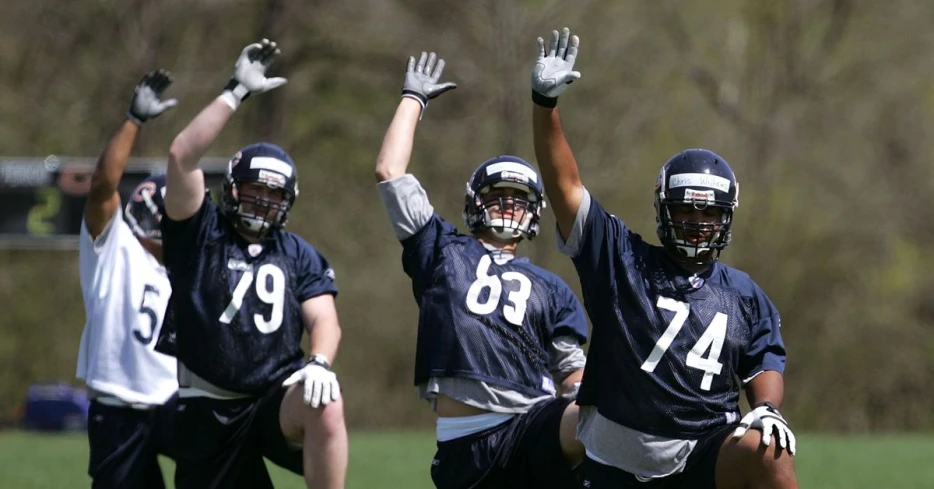
 Windy City Gridiron
Windy City Gridiron
Teams are ultimately fairly efficient in finding talent in the NFL draft, but gems slip through the cracks. How much effort does it take to find them?
When this project started roughly three years ago, it began as a simple investigation into the idea of “how many starters should a team find in a year?” in the NFL Draft. The answer to that question, of course, depended on how a starter was defined. Like many things, the answer was usually manipulated by the person who wanted to prove a particular point. On a very basic level, though, if a player is expected to start in half of the games available to him, then he probably needs to be drafted in the first three rounds, and even then the reality is that each draft will likely have about two starters per team.
It’s important to remember that these numbers are descriptive and not predictive, because any inefficiencies discovered here (or any trends unearthed) would be outdated slightly by the time the data is gathered. Obviously, assessing a player’s entire “first contract” means that the information in question will be “aged” by the length of that contract.
With all of those qualifiers out of the way, there are a few interesting implications to all of these tables and charts.
It seems as if the NFL is a fairly efficient market, and the best players at the most impactful positions go quickly. In general, the first three rounds are where the best talent is found, and while there are “hidden gems” so to speak, they are few and far between. Teams that lost first-round picks (or trade them away) are essentially giving up the best possible chance to get an impact player, a Pro Bowler, or a consistent starter. Giving up a future first-round pick (often for the value of a second-round pick) absolutely costs a team in terms of the depth and health of its roster. Additionally, giving up even a second-round pick for anything less than a reliable contributor (if not regular starter) is short-sighted in all but the strangest of circumstances. By contrast, picks at the end of the draft (round six and round seven, essentially) might best be used as trade fodder or to sort for non-premium positions or developmental players.
Even beyond these simple notes, however, are even more general trends. If a team needed a high-quality player on the defensive line, that needed to happen in the first three rounds, and the true “disruptors” in the front seven–regardless of position–were gone by the end of the first round in most cases. However, as it stands, there seemed to be plenty of opportunity to find “early quality” players for the secondary throughout the draft.
On offense, wide receivers lasted into the fifth round, even if the odds were much better in the first three rounds, and tight ends lasted into the third round, with at least some potential to find impactful running...